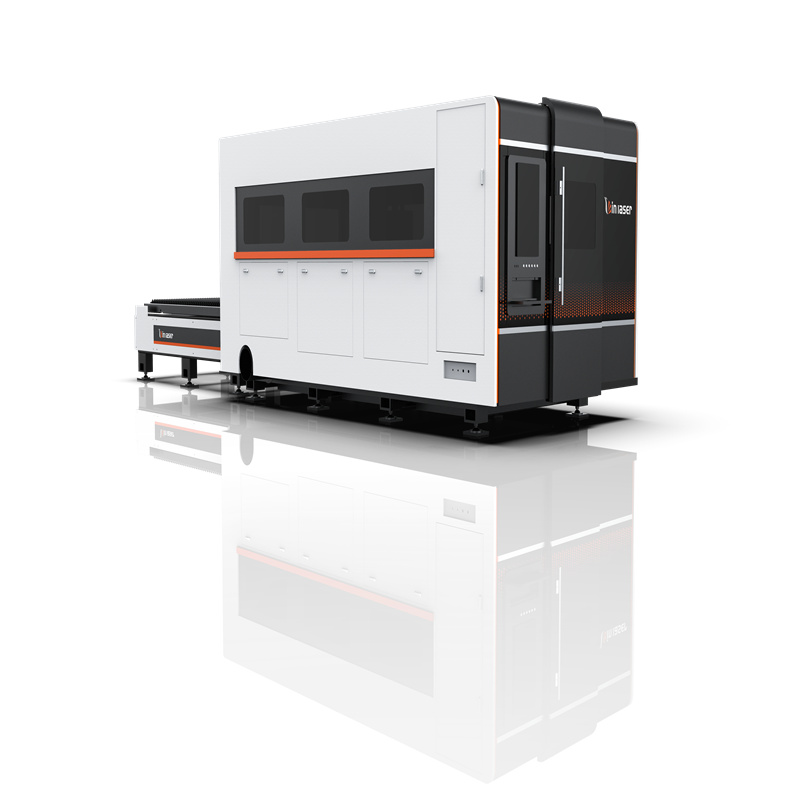Significant changes in manufacturing in the twentieth century were driven by the advent and diffusion of automated machine tools. In Automation after the Assembly Line: Computerized Machine Tools, Employment, and Productivity in the United States (NBER Working Paper 30400), Leah Platt Boustan , Jiwon Choi , and David Clingingsmith find that industries that were more exposed to computer numerical control (CNC) machines from 1970 to 2010 increased capital investment more rapidly, and experienced higher labor productivity, than industries without such exposure.
CNC machines automate manufacturing machinery using computer programs and servomechanisms. High-skilled workers are required to install, program, and repair these machines, and to use them to fulfill customized orders. The machines displace semi-skilled workers who used hand-operated machine tools to cut and bend metal. Industrial Laser Cleaning Machine

Automation of machine tool functions resulted in employment gains for college graduates and losses for high school graduates and dropouts.
CNC technology was invented in the early 1950s but was not widely commercially available until the late 1970s. Japan, Germany, the United States, and Italy were the largest producers of machines that embodied this technology. Because of a variety of difficulties in automating certain tool types, different tools transitioned from primarily hand-operated to CNC at varying times and rates. Additionally, industries varied in their use of different tools. For example, aircraft manufacturers relied heavily on boring machines while farm machine producers were heavy users of gear-cutting machines.
The researchers construct a measure of an industry’s exposure to CNC that combines two metrics. First, they compute the share of each tool type in each industry’s tool base in 1958, using data from the American Machinist Inventory of Metalworking Equipment. Second, for each tool, they collect the CNC share of each non-US country’s exports from the Economic Handbook of the Machine Tool Industry as a tool-level measure of transition to CNC technology. They also use data from the NBER-CES Manufacturing Industry database and the Current Population Survey.
The researchers find that a 10 percentage point increase in CNC exposure corresponds to a 29 percent increase in annual capital expenditures, a 20 percent increase in value added, a 1.6 percent decline in the share of revenue paid to labor, and a 25 percent rise in overall employment. They report employment gains of 86 percent for college graduates (from a low base), but losses of 7 to 8 percent for high school graduates and dropouts, respectively. They also find employment losses among nonunionized workers, but gains among unionized workers.
Using differences in task content by occupation, the researchers find that the diffusion of CNC machines resulted in a decline in routine tasks and an increase in abstract and manual tasks. The tasks that became more common were more conceptual and socially connected, and require more training, preparation, and learning, than the ones that declined in importance.
Colleges and universities also responded to the growing use of CNC machines. Using the Higher Education General Information Survey and the Integrated Postsecondary Education Data System, they document the introduction of new degree programs that taught skills related to CNC technology, finding that a 10 percentage point increase in CNC exposure in an industry was associated with a 2.4 percentage point increase in higher education enrollment in programs related to that industry among prime age male workers without a bachelor’s degree.
In contrast to some recent claims that large firms are more likely to invest in industrial robots, the researchers do not find any association between firm size and exposure to CNC technology.
In addition to working papers, the NBER disseminates affiliates’ latest findings through a range of free periodicals — the NBER Reporter, the NBER Digest, the Bulletin on Retirement and Disability, the Bulletin on Health, and the Bulletin on Entrepreneurship — as well as online conference reports, video lectures, and interviews.

Portable Laser Welder NBER periodicals and newsletters are not copyrighted and may be reproduced freely with appropriate attribution.